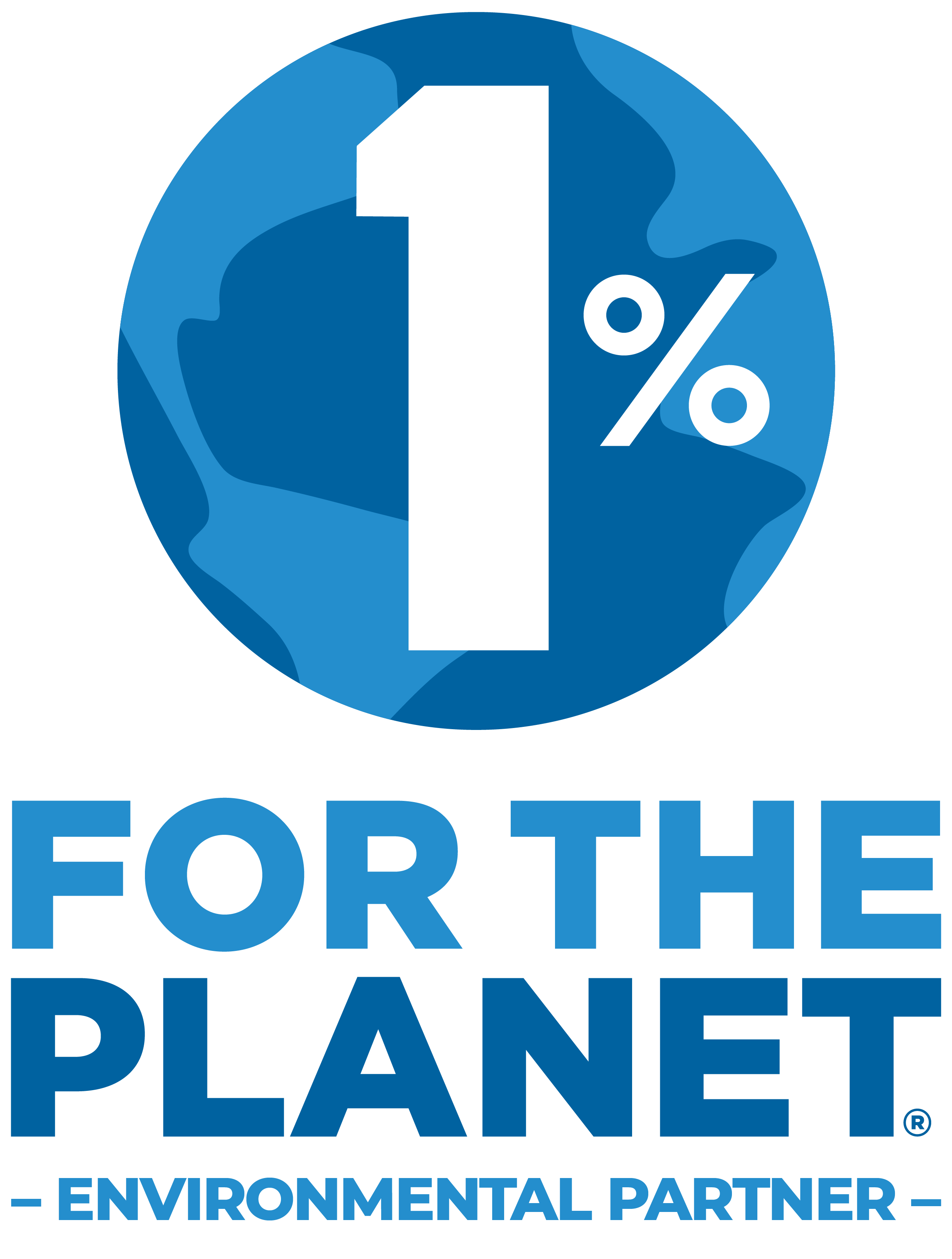Active banners: 1 Visible banners: 1
Banner ID: 25 Has content: true
Join us for the Teaching Economics through Climate – The Snowmobile Business Plan - January 13, 2026 4-5pm ET
Second-biggest Direct Threat to Species After Habitat Destruction
Provided by: World Wildlife Fund |Published on: October 18, 2023
Articles/Websites
9101112AP
Synopsis
- This detailed article introduces students to the concept of wildlife trading, which occurs whenever people sell or trade living wild animals, wild animal products or body parts, or wild plants.
- Students will learn about why people trade wildlife, the scale of the problem, why wildlife trading is a problem, and many examples of wildlife trading around the world.

Subjects: Biology, Civics
Authors: World Wildlife Fund
Region: Africa, Asia, South and Central America, Global
Languages: English
Teaching Materials
Positives
- This resource features a wealth of information about many aspects of the wildlife trading problem.
- There is an infographic and links to the IUCN and CITES websites for further research.
Additional Prerequisites
- Students should feel comfortable reading about animal cruelty.
- The link for the first video does not work.
Differentiation
- This resource would work equally well in science or social studies classes, as it connects to ecosystems and species extinctions as well as human behaviors and the environmental effects of consuming certain products.
- Connect this article to climate change through nature's importance as a climate solution and biodiversity's importance for ecosystems to function properly.
- Try using this resource to have students debate the different solutions posed and decide which one is the most feasible and effective.
- As an extension, have students create posters or infographics that promote awareness of the problems posed by wildlife trading.
Scientist Notes
Teaching Tips
Standards
Resource Type and Format
All resources can be used for your educational purposes with proper attribution to the content provider.



